hey friend!
I'm Martina.
I provide practical, time-saving strategies that actually work—so you can engage your students, teach effectively, and reclaim your time from the exhausting planning-grading cycle.
Browse Our ELA Resources
My ELA Class Period Schedule
I think one of the most frequently asked questions I get is about my middle school ELA class period schedule. The questions range from my daily, weekly, monthly, and year-long schedules, so I thought I would answer some of those questions here.
I don’t think there is a specific type of teacher who tends to ask this question. I think new teachers want to know because in those first years we’re all just trying to wrap our heads around things.
I think seasoned teachers are curious as to what other teachers are doing daily, weekly, monthly, and each year as we make adjustments because we need to or want to.
So I thought I would show you all here.
I think the best way to show you all is to break down my day, my week, and then show you my year-long pacing guides, along with the resources I use all year.
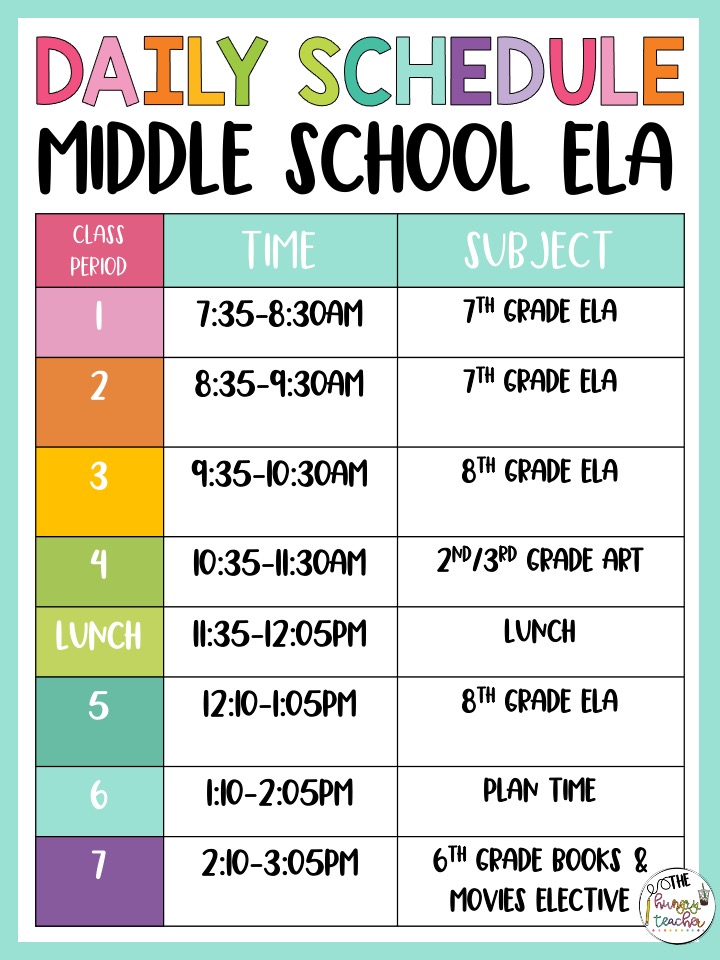
Reading Unit Class Period Schedule
This is what my middle school ELA class period schedule looks like depending on whether we are doing a reading or writing unit. I alternate them pretty consistently. A reading unit can take anywhere from 3-6 weeks, depending on the book, while my writing units take 2-3 weeks. My hourly schedule will look different depending on whether we are doing a reading or writing unit. And again, next year will look a little different each hour.
When we are doing a reading unit, we are usually reading one of our required curriculum novels. I read the novels out loud for about 15 minutes after we do our bell ringers. Then we do a lesson or activity, and then we read our independent reading books.
Using a workshop-style class period allows students to read and allows me to actually do small groups and individual reading conferences with students.
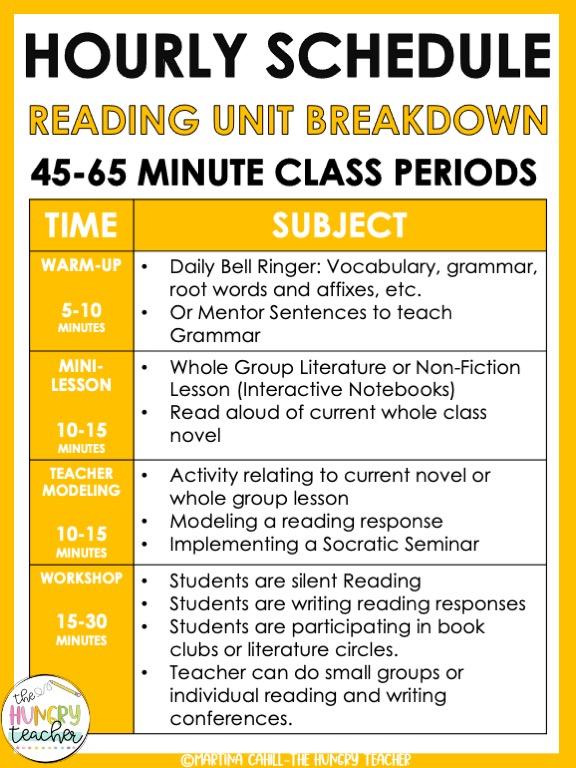
Writing Unit Class Period Schedule
Here is my middle school ELA class period schedule during a writing unit. For writing, I try to do a mini-lesson on what they will do, so they have close to 30 minutes to write or type. I also really try to still give them the last ten minutes to read, but most get in a groove and want to keep writing.
Like reading, I also use a workshop-style class period that allows students time to write after I have taught them a specific writing skill or lesson so they can apply it right away. Again, it also allows me to do individual writing conferences every day. Because I work so hard to give them a good chunk of time to work on their writing, I am able to conference with each student 2-3 times during each of our writing units.
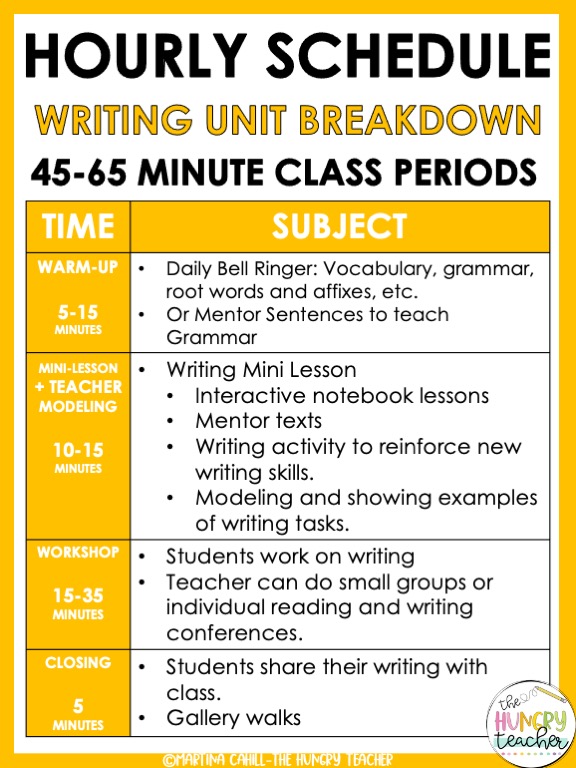
I am always getting asked about my schedules and then how I would structure my class periods if I had longer or shorter class periods or if I had different block schedules. Ask and you shall receive! There are six different schedules in this file.
If you would like the free, editable version of these schedules, then CLICK HERE or on the image below to grab the download.
Books and Movies Elective Class Period Schedule
I just finished a books and movies blog post to explain it a little bit more (even though I keep it super simple), but this is my hourly schedule for books and movies.
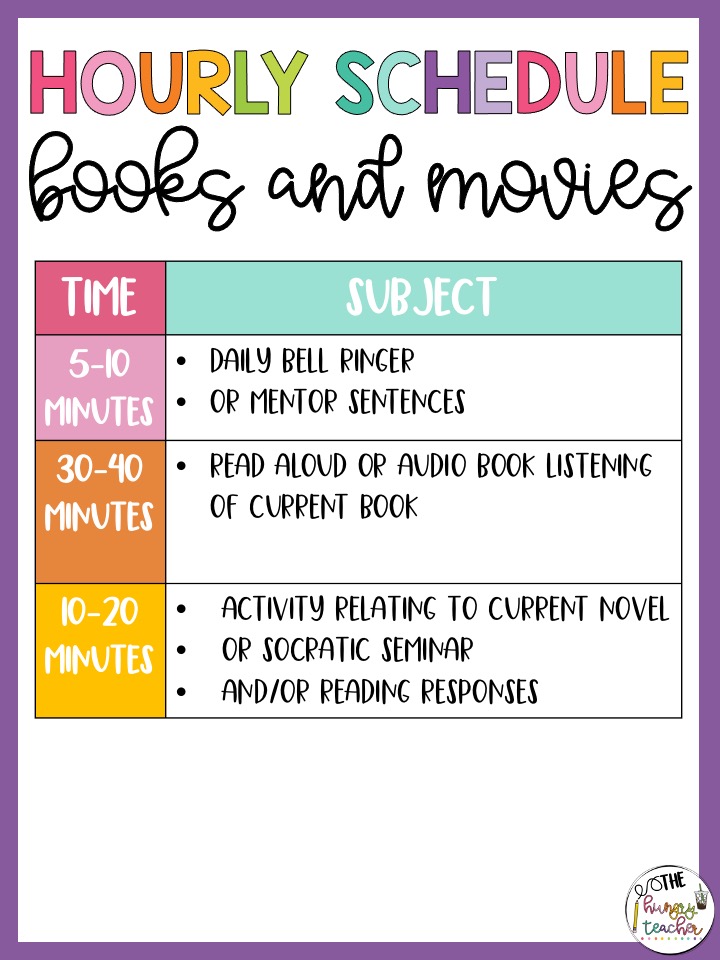
Middle School ELA Editable Pacing Guide
About two years ago, I made a pacing guide for my 6th, 7th, and 8th grade ELA classes and it breaks down what we actually do during in that middle school ELA class period schedule. You can CLICK HERE or on the image below to get the free versions for 6th, 7th, and 8th grade ELA. 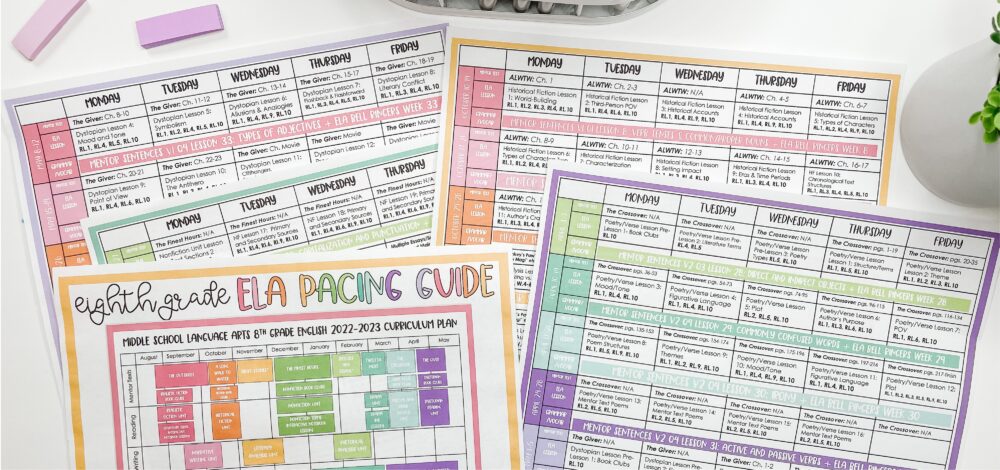 After I made the free versions, an editable version became one of the highly requested resources for my store. This pacing guide is updated yearly and is now also digital in Google Slides as well. You can get my editable and complete versions by clicking HERE or clicking the image below.
After I made the free versions, an editable version became one of the highly requested resources for my store. This pacing guide is updated yearly and is now also digital in Google Slides as well. You can get my editable and complete versions by clicking HERE or clicking the image below.
I made to make as many versions as humanly possible. There are filled-in versions that you can use or type over or there are blank, editable ones for you to fill in while looking at mine as a guide. This editable pacing guide also has editable weekly pacing to help you get more detailed (pictured below).
Middle School ELA Grammar Resources
I often get asked about how I make these, and honestly, I just kind of get everything I need and make them. I get my standards and the curriculum book I am required to use (I work at a Core Knowledge school so we have required literature and non-fiction terms, vocabulary, spelling, phrases, texts, speeches, writing pieces, grammar terms, etc.).
I try to align things that fit naturally and our school also works hard to align our ELA learning with what is happening in Social Studies. I make sure that everything is taught at some point while still making it a cohesive fit into our units. I then map out what resources I have and start looking for where I need to supplement.
As you can see above in the year-long pacing guides, I teach grammar all year long whenever I can squeeze it in. I recently had been hearing and reading a lot about mentor sentences. I loved the idea of kids using their favorite books to learn grammar.
So I set out to make my Mentor Sentences for Middle School. We didn’t get through all four quarters, because I was still learning, and I also went on maternity leave for a quarter of school, but I plan to get through more of the lessons this year.
Middle School Literature Lessons
I LOVE TeachersPayTeachers for supplementing and seriously wouldn’t survive without all the amazing teachers that create resources for me to use. I do make a lot of my own, but I also have used a ton of other sellers’ resources. My editable pacing guide resource above includes images of the resources I use, but I have since added more to my repertoire. I will try to link my favorites all below. For literature terms, we use my Literary Devices Realistic Fiction Reading Unit with all my literature interactive notebook terms. 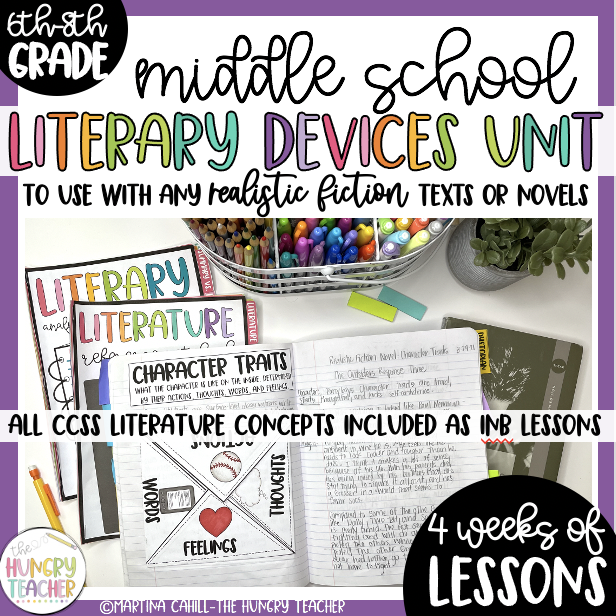 Alongside my realistic fiction and literary devices units, I utilize a narrative realistic fiction mentor text in each grade. I do use my own novel studies: Ghost (6th Grade), Freak the Mighty (7th Grade), and The Outsiders (8th Grade). I treat them like read-alouds that I use to teach the standards with as well as modeling all my reading responses and analysis.
Alongside my realistic fiction and literary devices units, I utilize a narrative realistic fiction mentor text in each grade. I do use my own novel studies: Ghost (6th Grade), Freak the Mighty (7th Grade), and The Outsiders (8th Grade). I treat them like read-alouds that I use to teach the standards with as well as modeling all my reading responses and analysis.
Middle School Narrative Writing Instruction
For narrative writing, I do use those same realistic fiction narrative texts as our mentor texts for the writing unit: Ghost (6th Grade), Freak the Mighty (7th Grade), and The Outsiders (8th Grade). This is the Narrative Writing Unit I use. It was designed to be used with Freak the Mighty and The Outsiders. My 7th graders have to write from a different point of view than Max’s (Freak or Killer Kane), while my 8th graders have to continue Ponyboy’s narrative. I personally hate and am horrible about teaching personal narratives, and honestly, our state assessment has them either continue a narrative or write from a different point of view, so that was my inspiration for creating this unit. 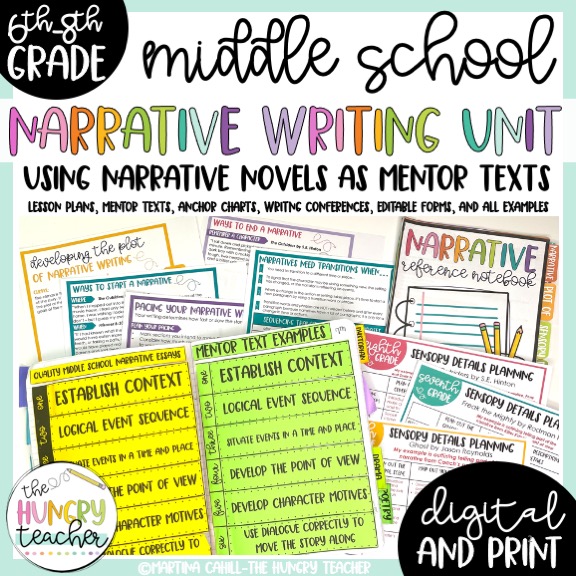
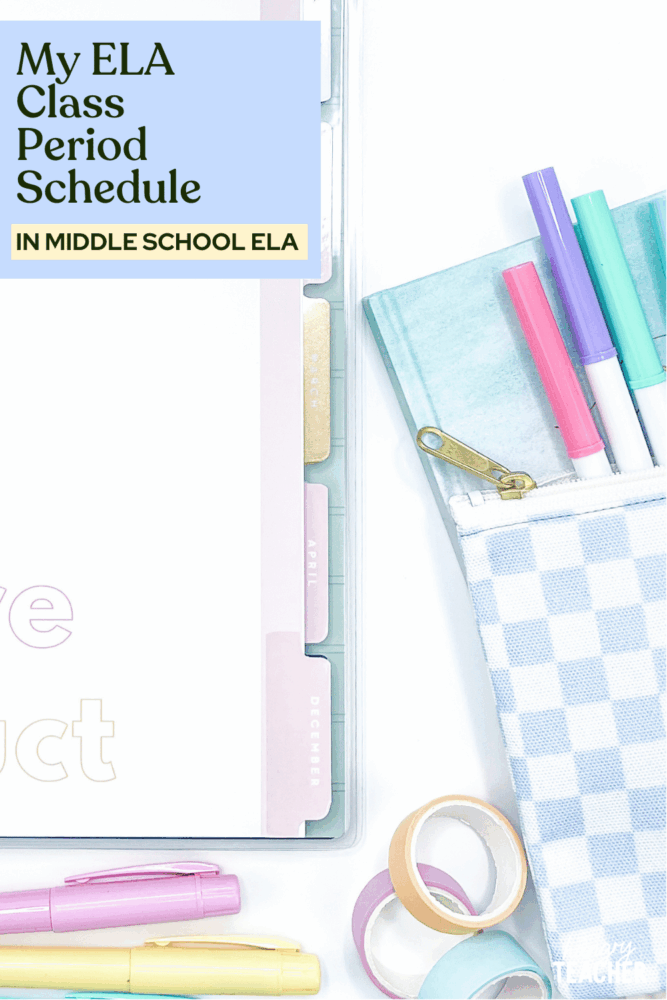
Middle School Reading Units and Novel Studies
As the year continues we work through more reading units that continue to teach important literature and nonfiction terms through interactive notebook lessons and reading responses. Next, we go into our Historical Fiction Reading Unit alongside the corresponding novel studies for each grade. Historical fiction is similar to realistic fiction in that it teaches lots of literature terms as well as specific historical fiction concepts while using my mentor texts to model every skill I am teaching each day.  Alongside my historical fiction and literary devices units, I utilize a historical fiction mentor text in each grade. I do use my own novel studies: Fever 1793 (6th Grade), The Call of the Wild (7th Grade), and A Long Walk to Water (8th Grade). I treat them like read-alouds that I use to teach the standards with as well as modeling all my reading responses and analysis.
Alongside my historical fiction and literary devices units, I utilize a historical fiction mentor text in each grade. I do use my own novel studies: Fever 1793 (6th Grade), The Call of the Wild (7th Grade), and A Long Walk to Water (8th Grade). I treat them like read-alouds that I use to teach the standards with as well as modeling all my reading responses and analysis.
I used to teach To Kill a Mockingbird in eighth grade. This book was 100% not my wheelhouse and I used Stacey Lloyd’s Unit, but I also sometimes pulled my homework questions from Laura Randazzo’s unit, and I LOVE Tracee Orman’s interactive notebook activities that align with the book. I tried to mix it up because To Kill a Mockingbird is such a long book for 8th graders.
Middle School Literary Analysis
For Literary Analysis, I use my Literary Analysis Unit. Literary Analysis is a tough one to teach, but I worked for months to create a unit that breaks down literary analysis perfectly for middle schoolers. The unit starts with breaking down what literary analysis is, practicing with lots of reading responses, and then building up to writing a comparative literary analysis essay about two short stories. 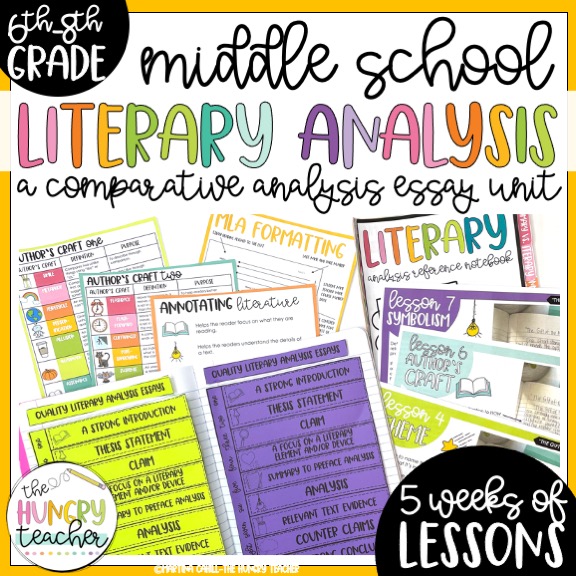
Middle School Drama Reading Unit
After that, we go into our drama units and it honestly used to be my LEAST favorite unit ever to have to suffer through. I don’t know what the heck I used because I hated teaching both Cyrano in seventh grade and Hamlet in eighth grade. We did have the Shakespeare-made-easy version of Hamlet and I found a kids version of Cyrano online… just to make them both more accessible, but other than that, I swear I just tried to get through it. Moving forward, I knew I didn’t want to just survive the unit and I wanted to make it more accessible to my students. Which is exactly why I made my Introduction to Drama Unit specfically for middle school ELa.
Middle School Nonfiction and Informational Reading Unit
At the about half way point in the school year, we have done a ton of literature and literary analysis, so I start to hid nonfiction texts hard and we go into our nonfiction units. For nonfiction, we use my Nonfiction Interactive Notebook and Reading Response Unit alongside our nonfiction novels that we use as mentor texts while we learn all our nonfiction reading concepts.
Just like the previous literature units, we use my nonfiction novel studies alongside the lessons so I can model everything we are learning: Chasing Lincoln’s Killer (6th Grade), Brown Girl Dreaming (7th Grade), and The Finest Hours – Young Reader’s Edition (8th Grade). In seventh grade, we used to read Diary of Anne Frank, but I’ve since switched to reading the play during our drama unit.
Middle School Rhetorical Analysis Reading and Writing Unit
Next up comes my actual favorite unit to teach: Rhetoric and rhetorical analysis essays. Again, I have speeches that I am required to teach (they align beautifully with social studies). The kids have a lot of background information from their social studies teacher, so I get to spend time analyzing the rhetoric.
We learn all about rhetoric, rhetorical devices, and rhetorical appeals from my rhetorical analysis reading and writing unit. I love how we start out by learning the appeals and devices and then really diving into analyzing speeches and essays for rhetoric. I am to include all the speeches I am required to teach, “Letter from Birmingham Jail,” which is an 8th-grade required speed/essay we read.
This is probably one of the toughest units to teach in middle school, but it usually ends up being a favorite. We use my differentiated Rhetorical Analysis Reading and Writing unit.
Middle School Poetry and Verse Novel Reading Unit
After Christmas break, we go into one of my favorite units: poetry. It’s up there with Mentor Sentences for my favorite thing I have ever created.
For poetry and verse, we use my Poetry and Verse Interactive Notebook and Reading Response Unit alongside our verse novels that we use as mentor texts while we learn all our poetry concepts. We also spend a good chunk of time reading our required poems, annotating them, and writing our own. We also learn specific types of poems and practice writing those. At the end of the unit, we create poetry anthologies based on what we learned.
Just like all other literature units, I use a mentor text as a read-aloud as well as something to utilize for all my examples. I love Kwame Alexander’s books written in verse, and so do my middle schoolers. I use my The Crossover Reading Unit with my eighth graders.
My seventh graders also learn about The Dust Bowl in Social Studies, so I have created an Out of the Dust Reading Unit for our read-aloud, and I’m also working on a unit for that. Sixth grade uses House Arrest and it’s one of my favorite verse novels ever!
Literary Devices through Dystopian Unit
The last unit of the year for my students and I is my brand-new Dystopian Literary Devices and Literature unit. This unit digs deeper into every literature concept we’ve learned throughout the year, but has students reading texts and completing lessons about one of the most engaging reading genres. This units isn’t a necessitiy, which is why I save it for the end of the year, but it was my student’s favorite so I tried to get to it.
This unit’s mentor texts are always among some of the favorite read alouds students are exposed to each year. In eighth grade we use The Giver by Lois Lowry, in seventh grade we use The Maze Runner by James Dashner, and in sixth grade we use Among the Hidden by Margaret Peterson Haddix.
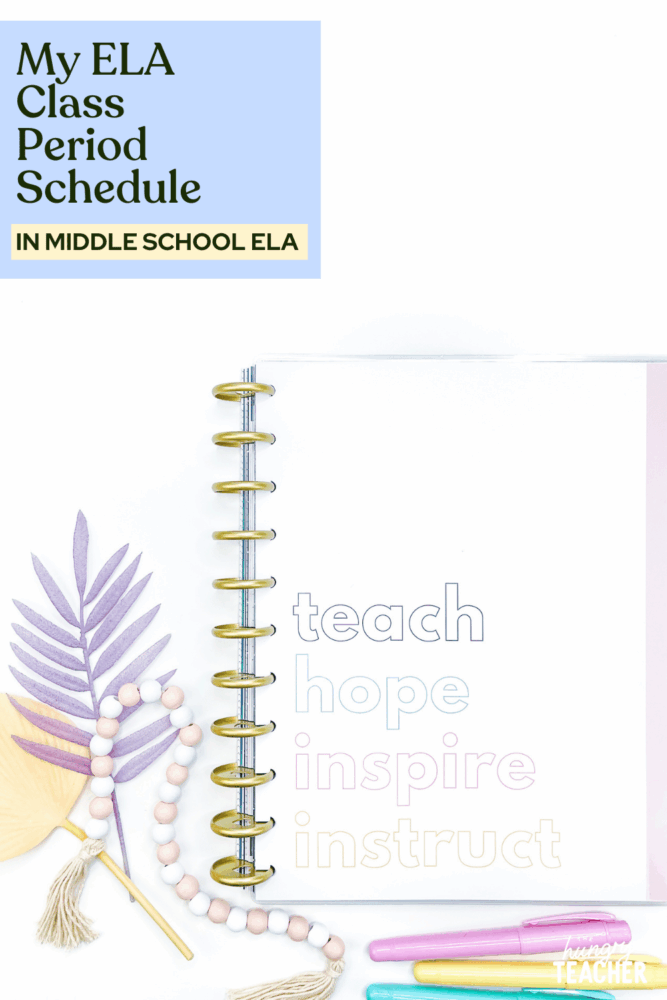
My Middle School ELA Bell Ringers
Lastly, like I said way at the top of this post, we have required grammar skills, vocabulary, spelling, and foreign phrases that our students must learn. For that, I created my Bell Ringers for each grade. Volume One Bell Ringers and Volume Two Bell Ringers are designed for 7th and 8th grade. My volume three bell ringers are designed for 5th and 6th grade. I have a blog post all about my Bell Ringers and how I make them work. You can read that blog post HERE.
Lastly, I have my books and movies class, and I just finished up a blog post about that. You can check out how I run that class by clicking here or the picture below.
Want a sneak peek at teaching The Hungry Teacher way—with support, structure, and strategy?
When you join the waitlist for The Hungry Teacher’s Hub membership, you get three free classroom-ready resources: a theme unit, an expository writing unit, and a grammar unit introducing mentor sentences. Plus, you’ll get immediate access to a selection of exclusives from the Hub, including editable sub plans, pacing guides, and more.
No strings attached. Just resources you can use right now—and a heads-up when the Hub opens.
3 Free Middle School ELA Units—yours to keep!
JOIN THE WAITLIST + A FREE GIFT
Where to next, line leader?
Welcome to The Hungry Teacher! We create resources that are easy to use, practical, and get results. Teach with confidence—and make it home before dinner.
xo, the hungry teacher
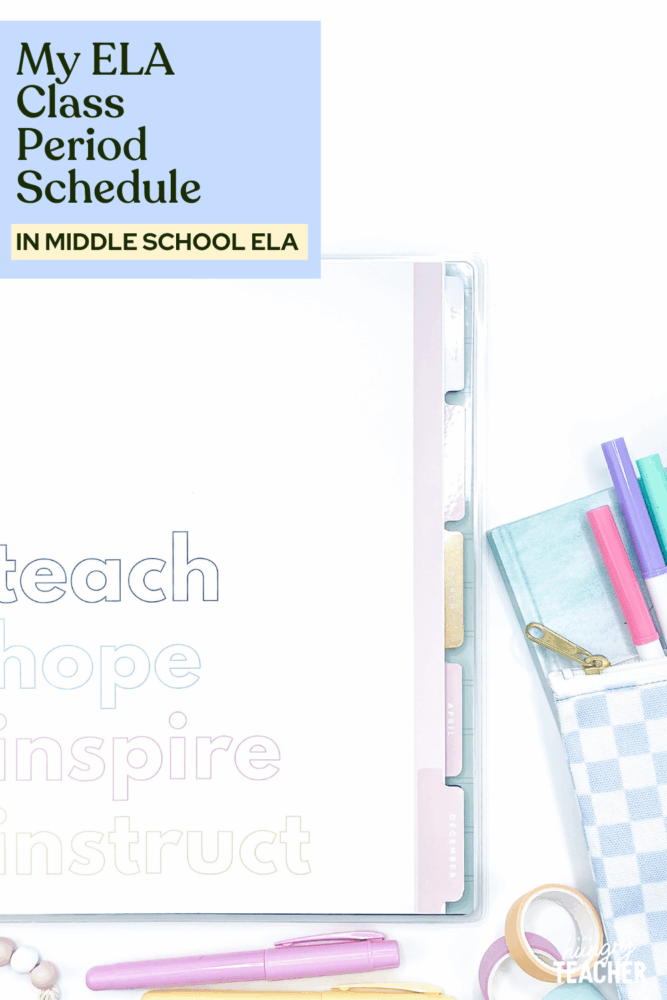
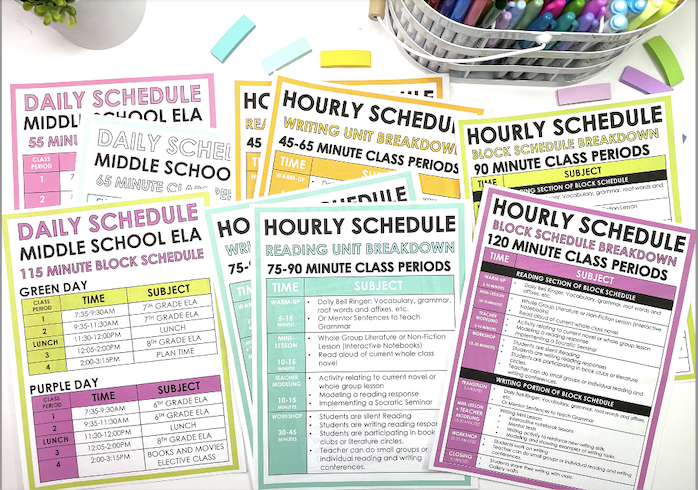
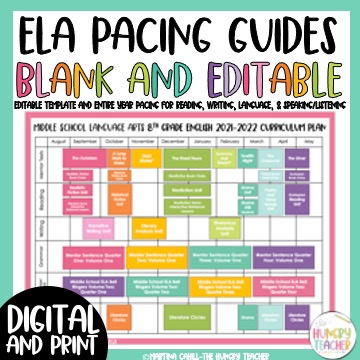
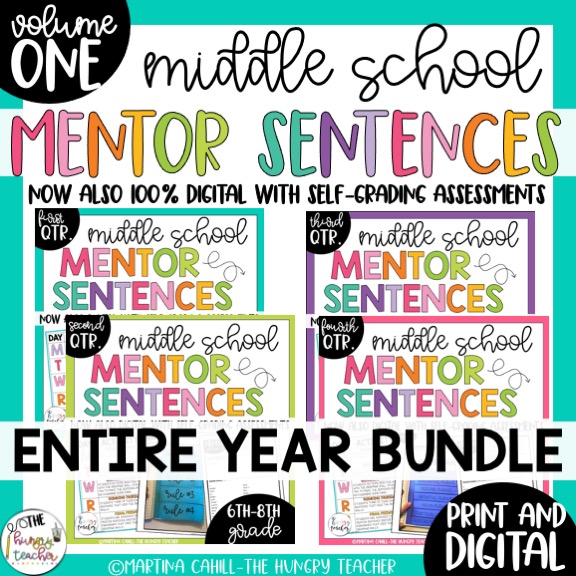
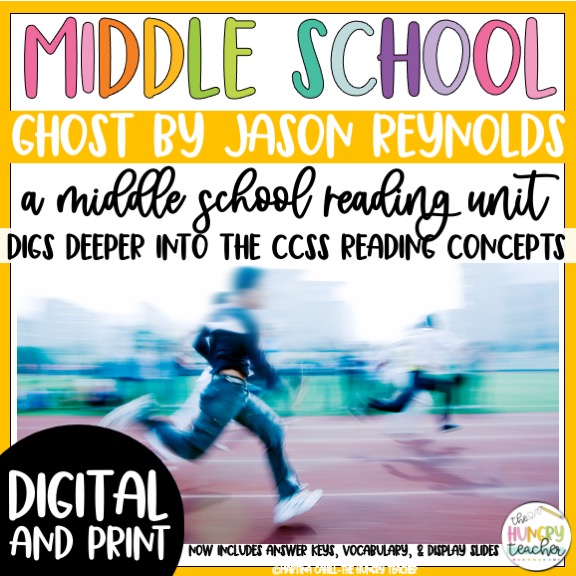
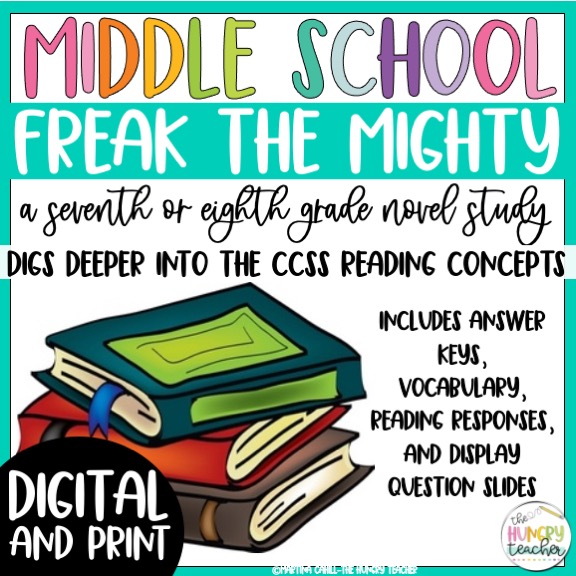
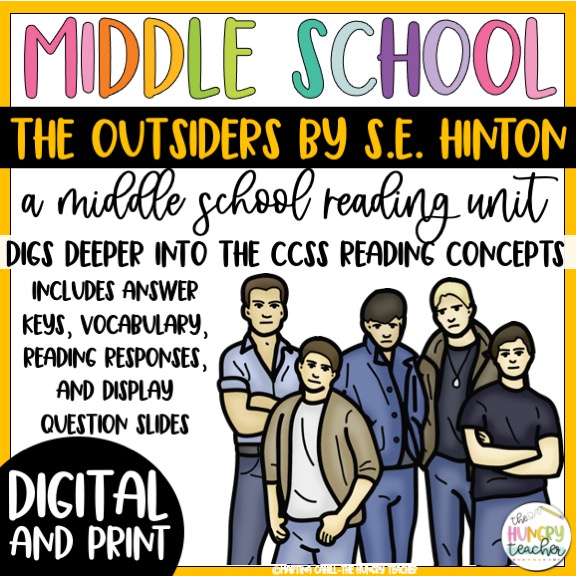
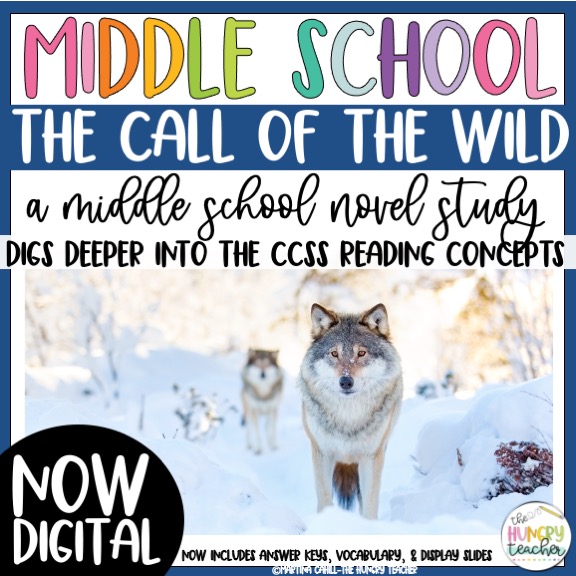

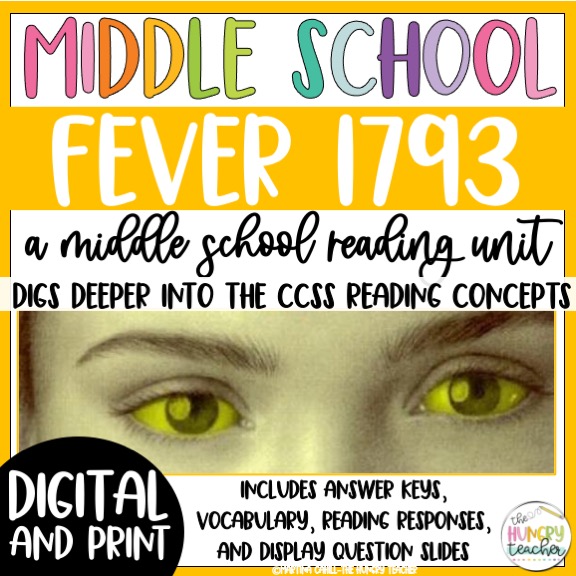
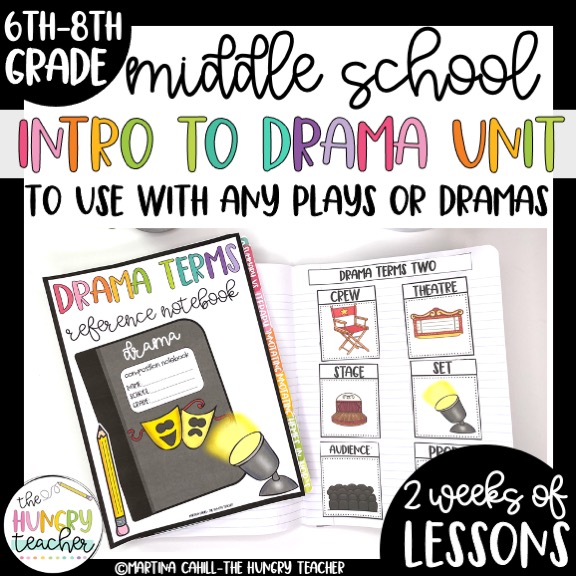
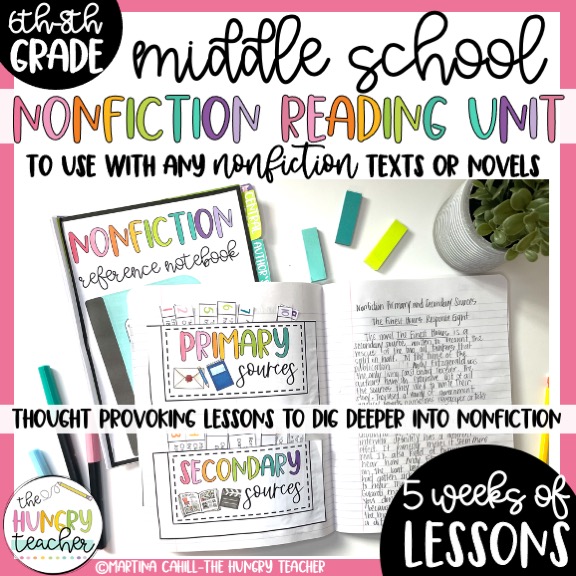
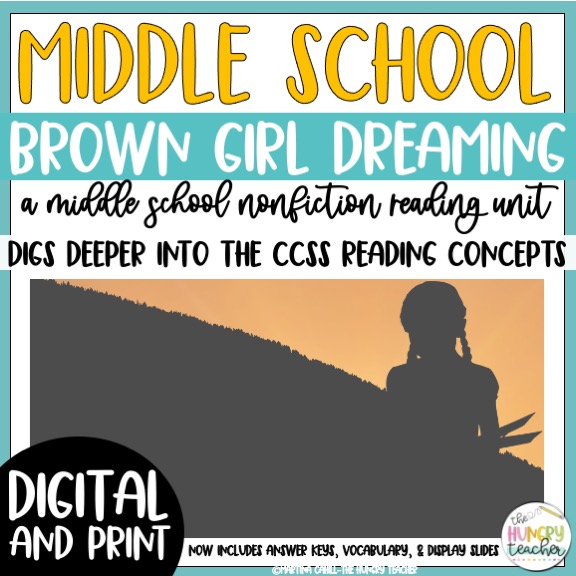
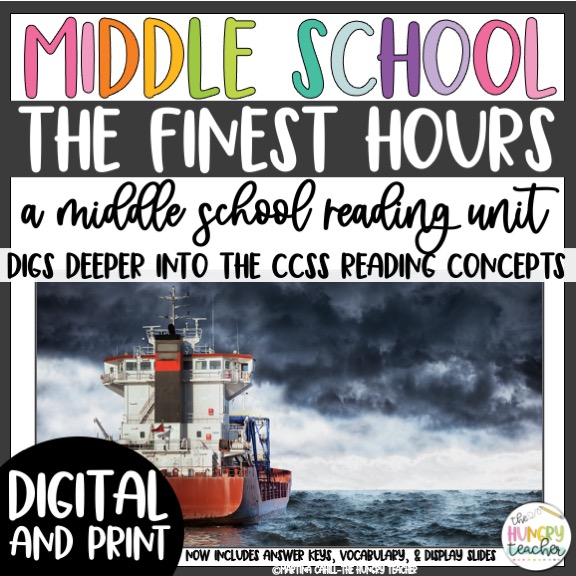
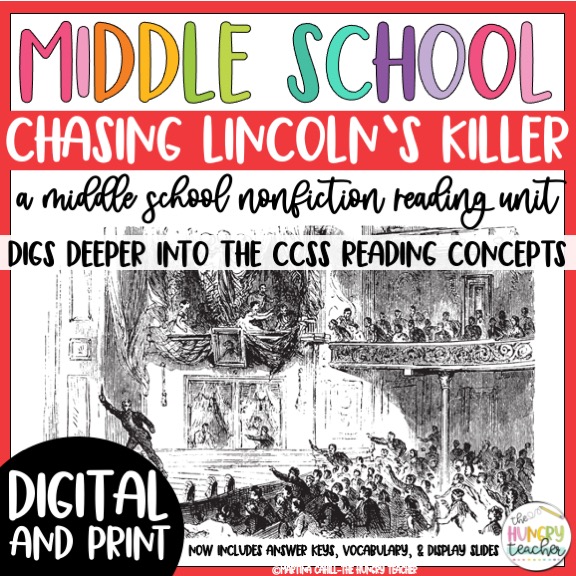
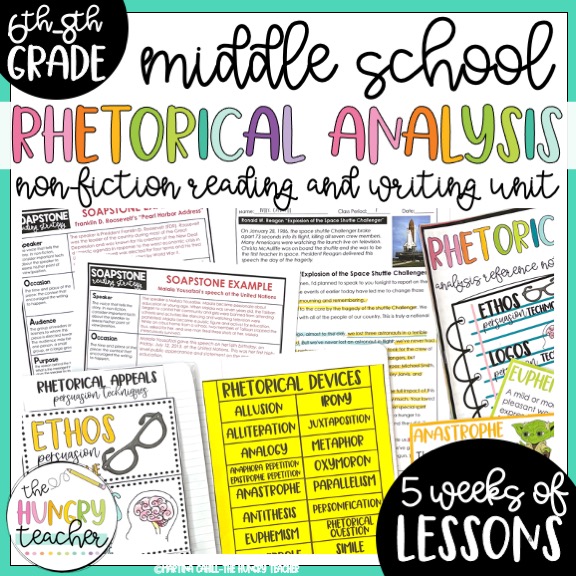

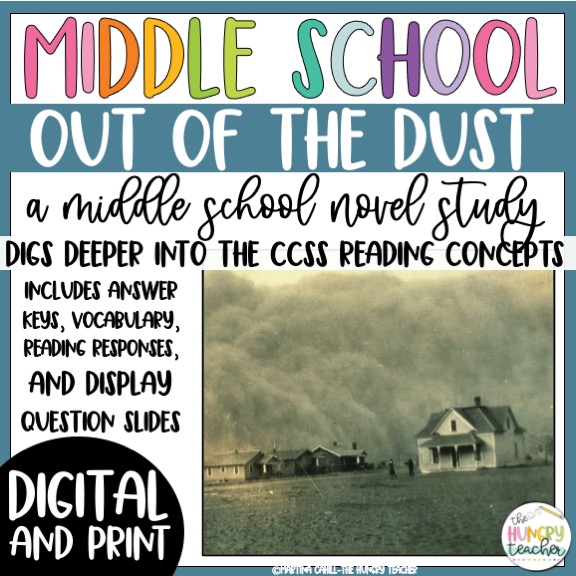

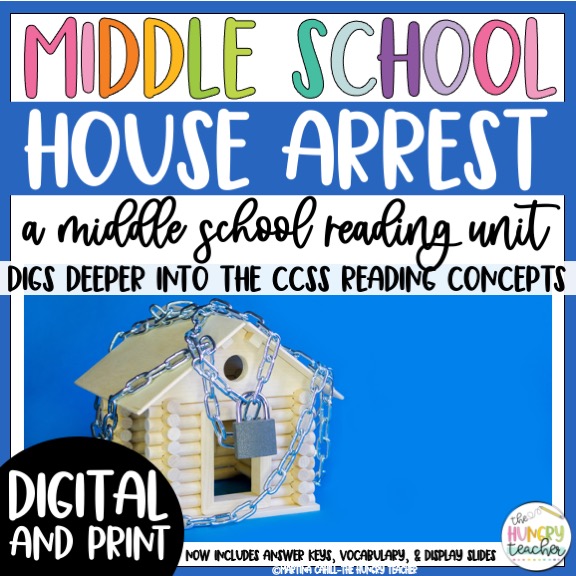
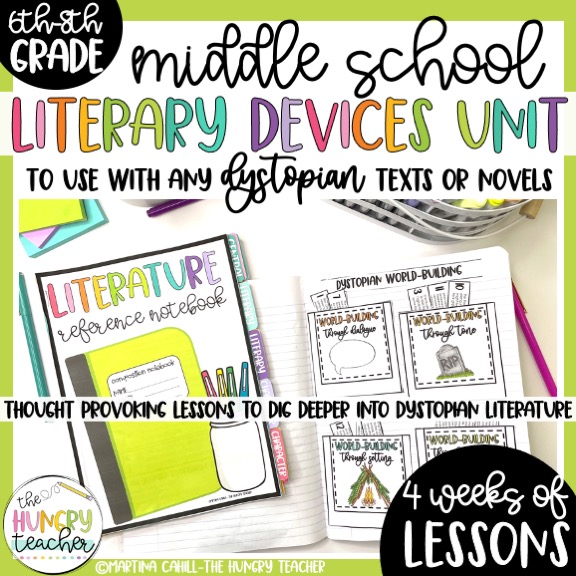

Wow. This is SO helpful.
This is so helpful! I just finished my second year but I still struggle with figuring how how to structure my day to day. I really want to incorporate some independent reading time. I like closing class period with some time for the students to read books of their own choosing! Thank you for sharing!
So incredibly helpful and enlightening! Checking out your resources and thanks for doing this blog entry!
Okay. Another question… I just read your blog post from 2016 about small groups with your 6th graders. Now that you are in 7th and 8th, do you do them twice a week or so like you did with 6th? I am teaching 6-8th ELAR and I am soooo overwhelmed in general about what to do or not do to help my kids be successful.